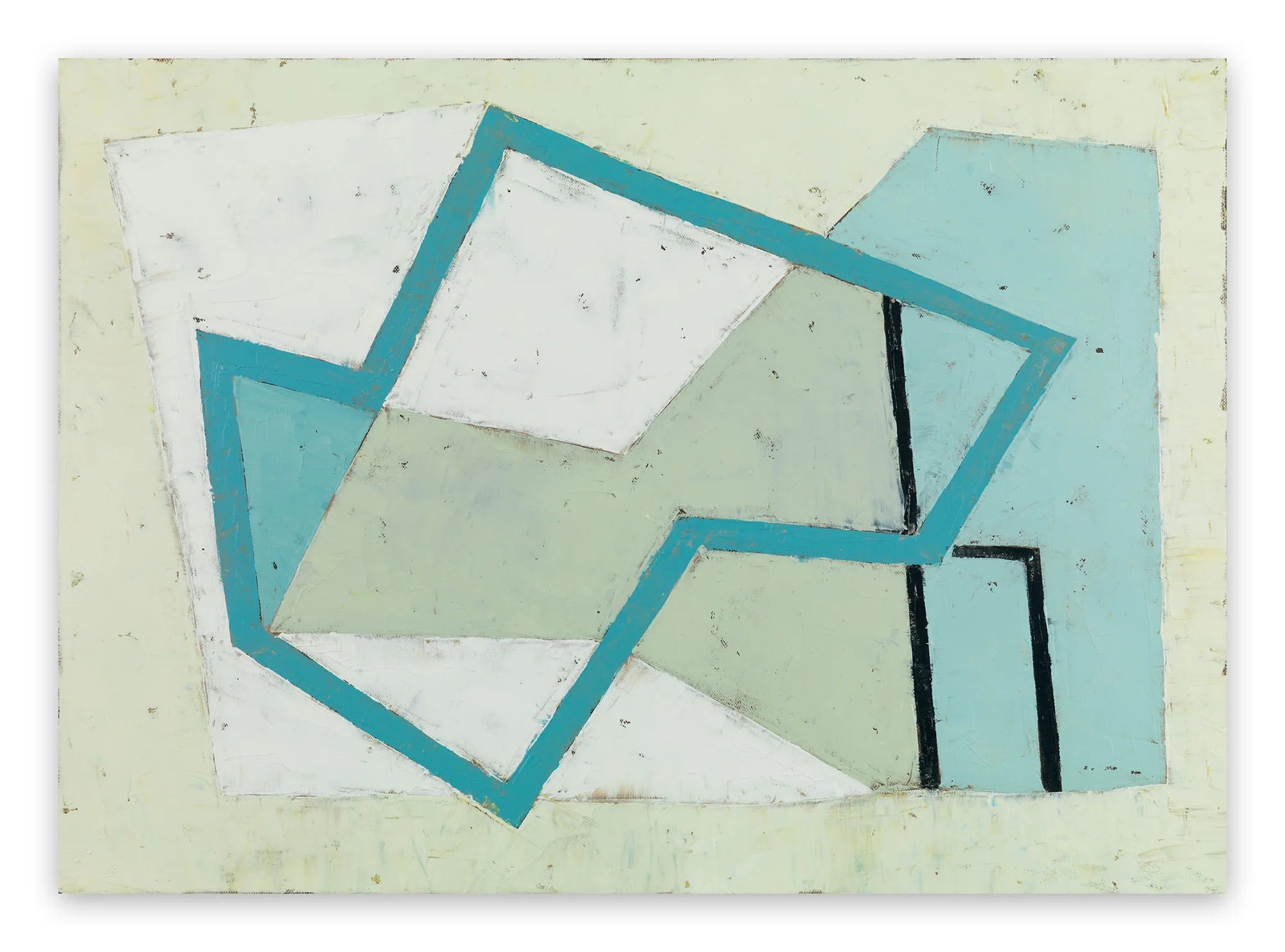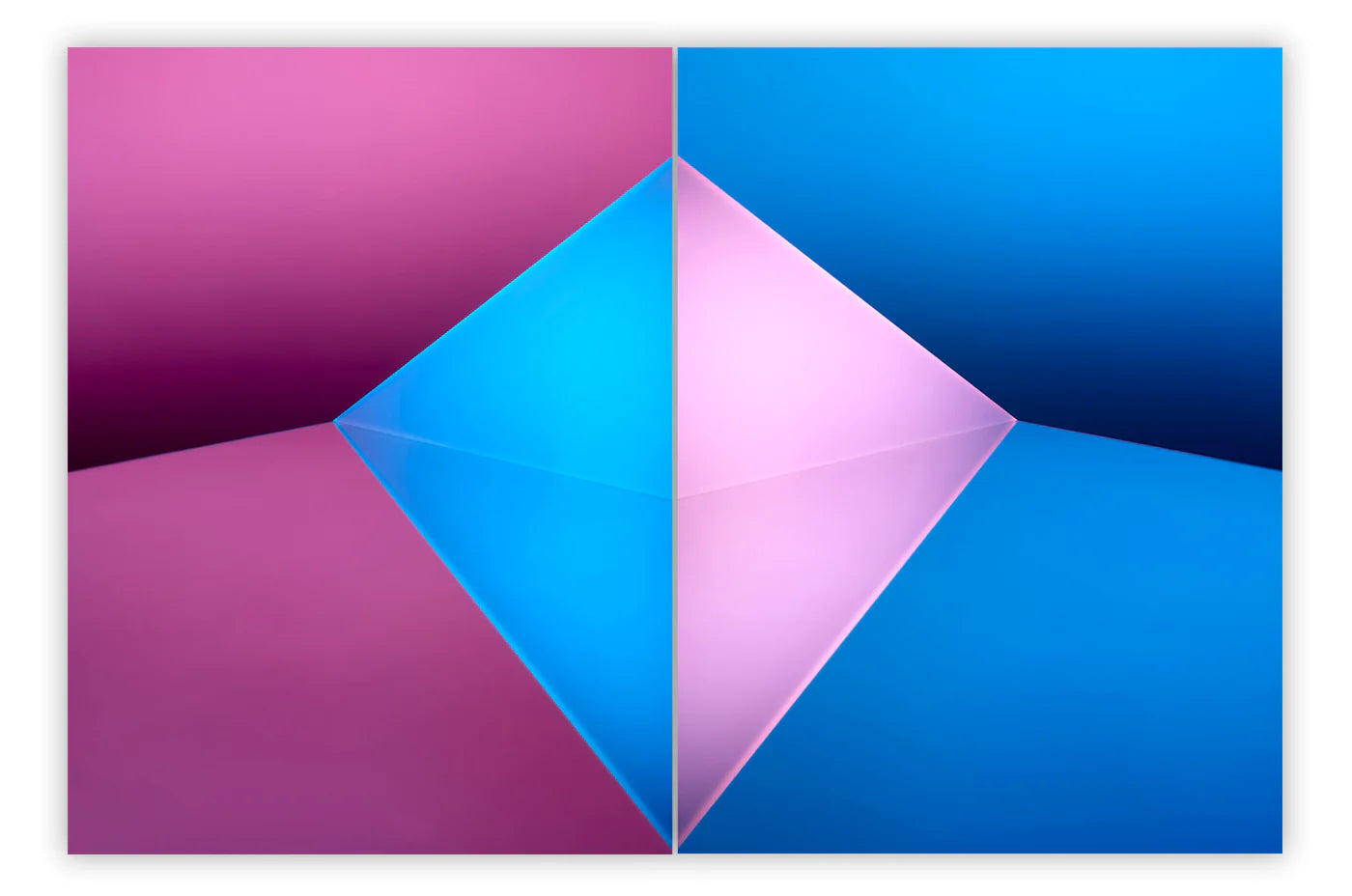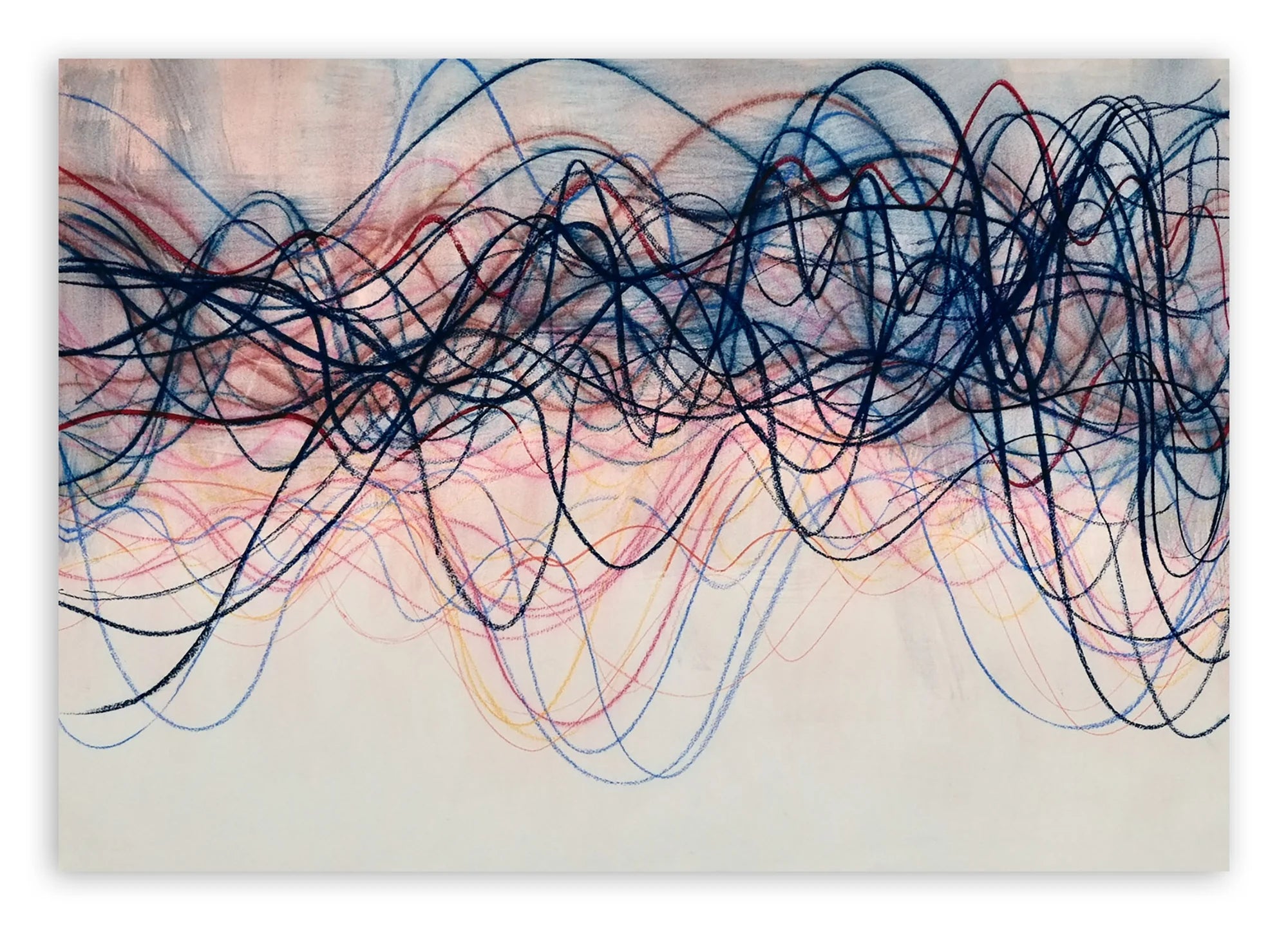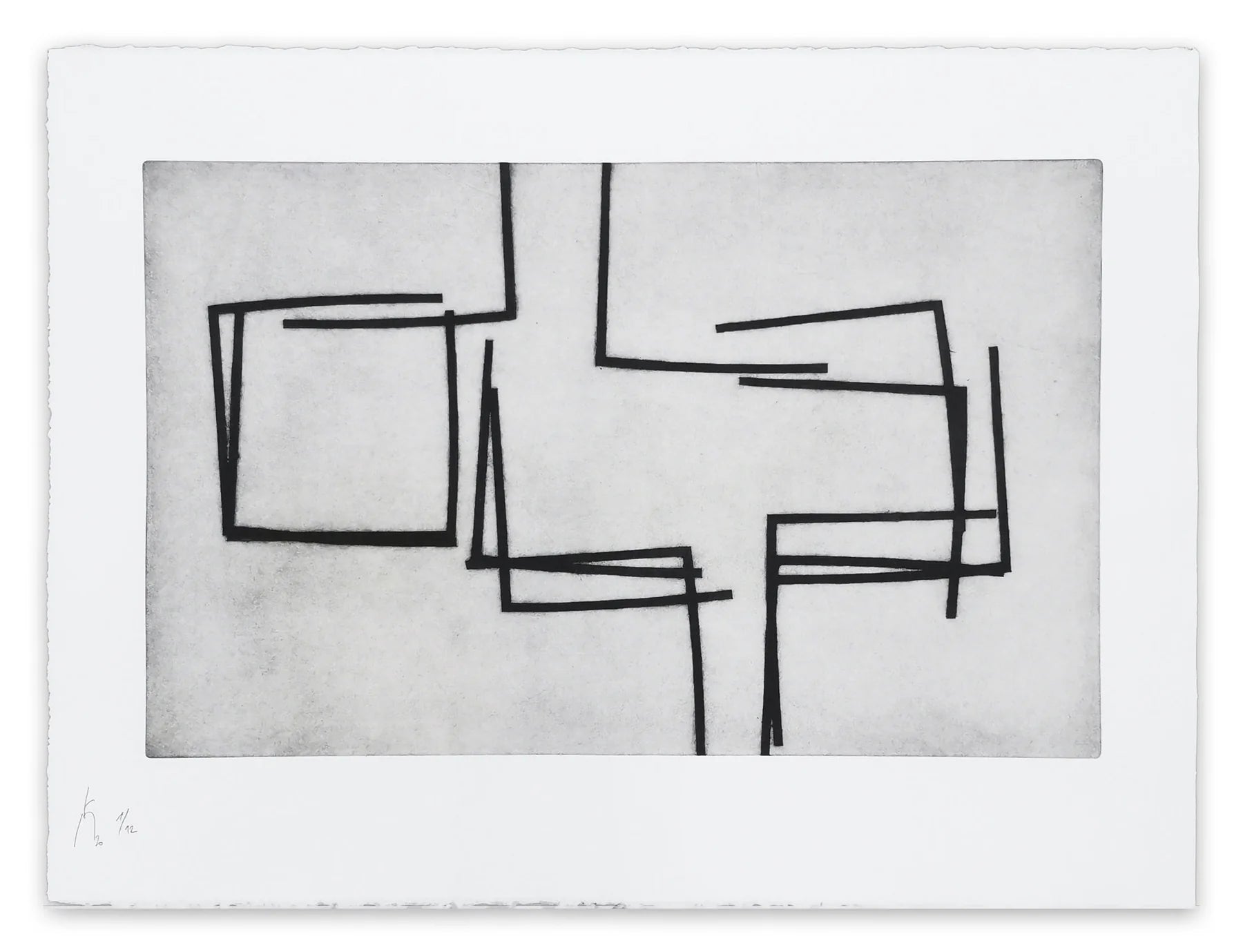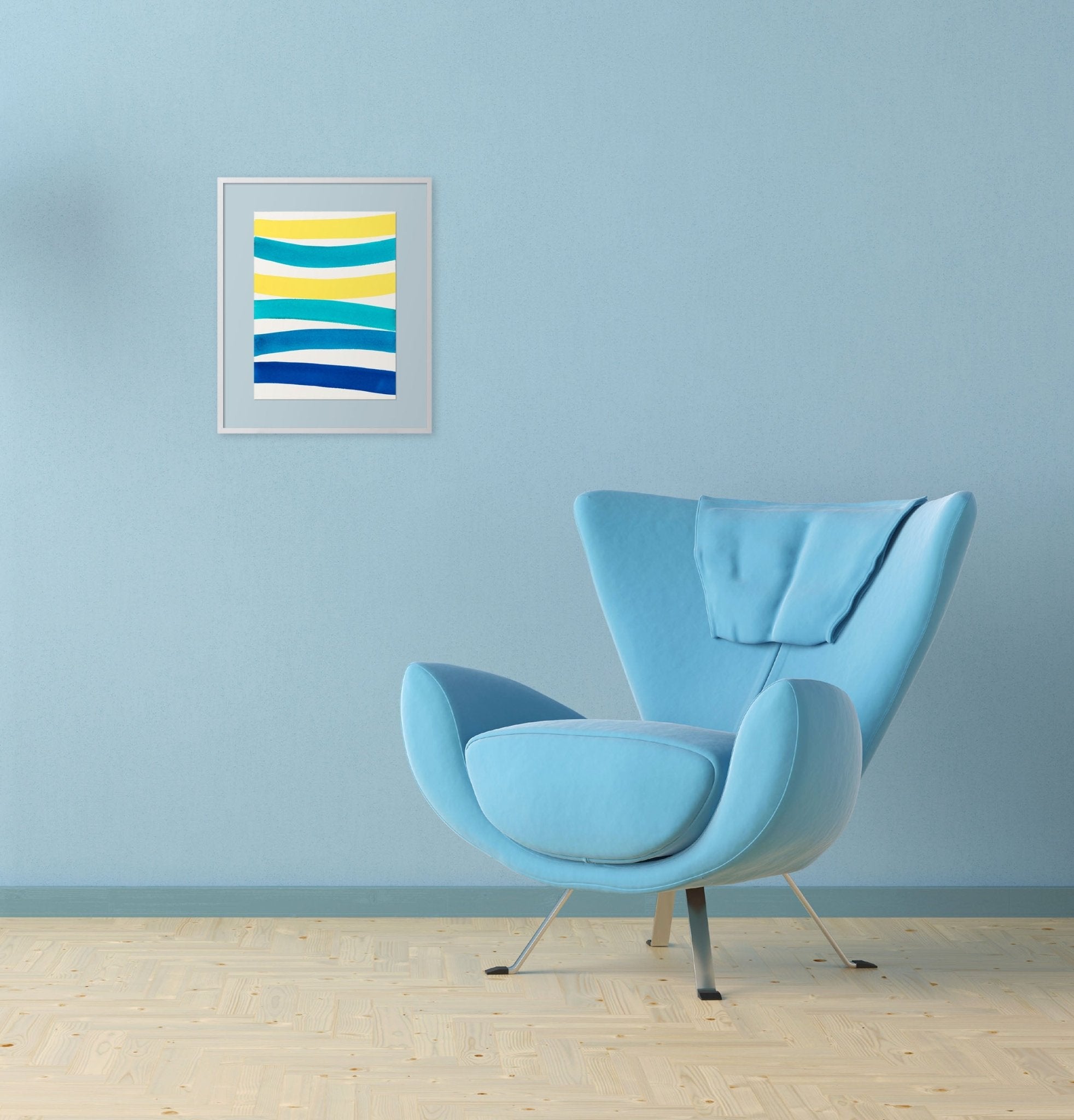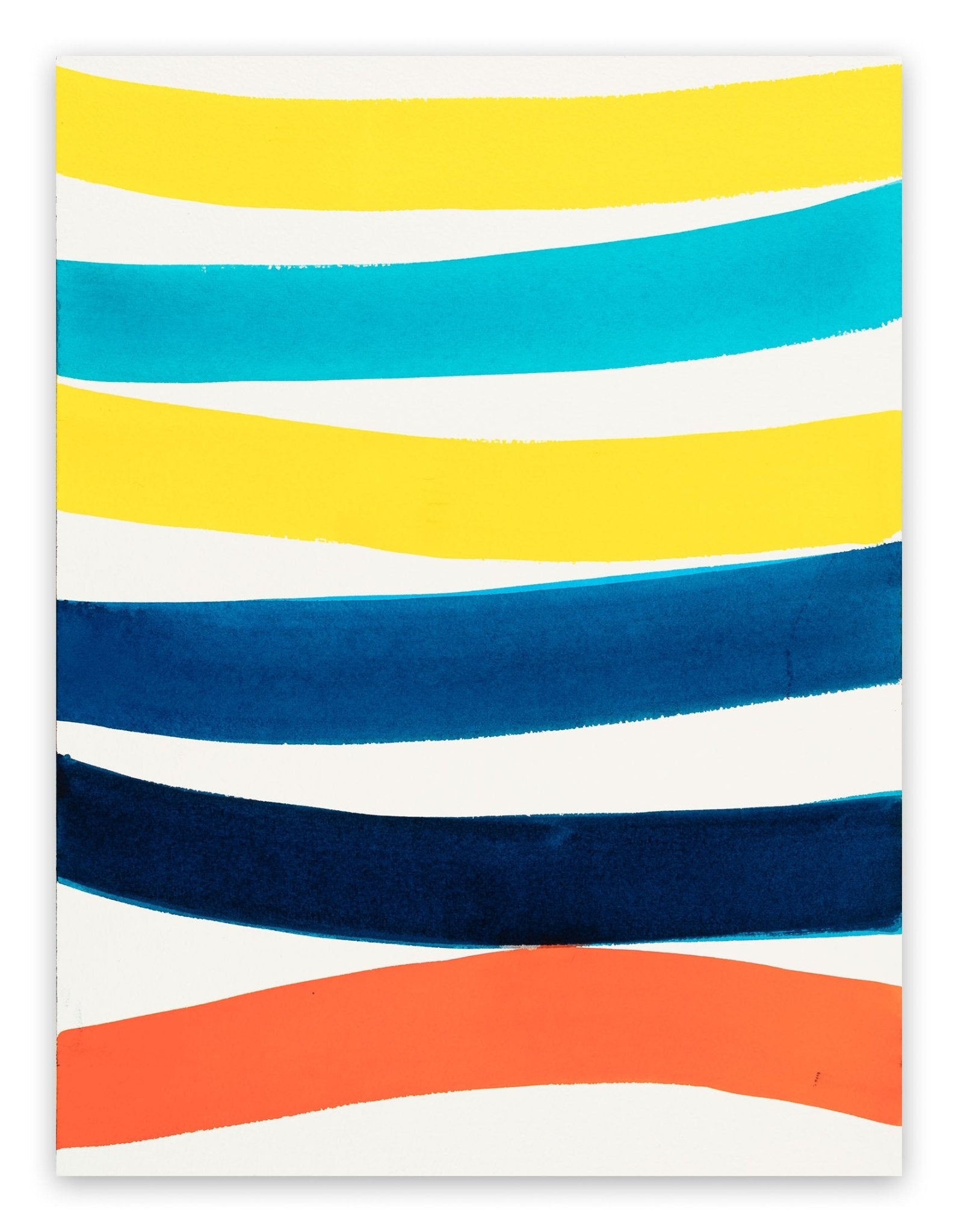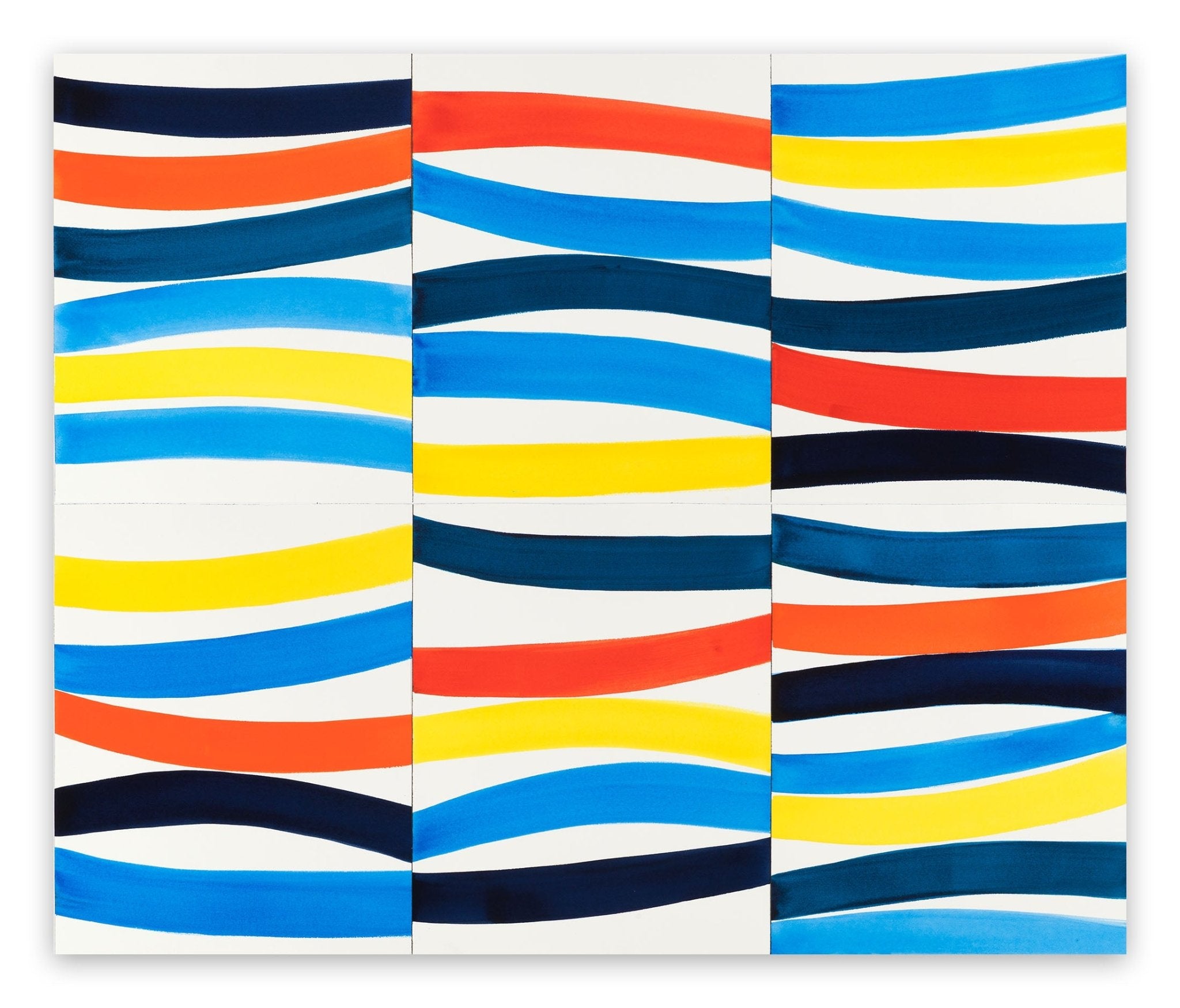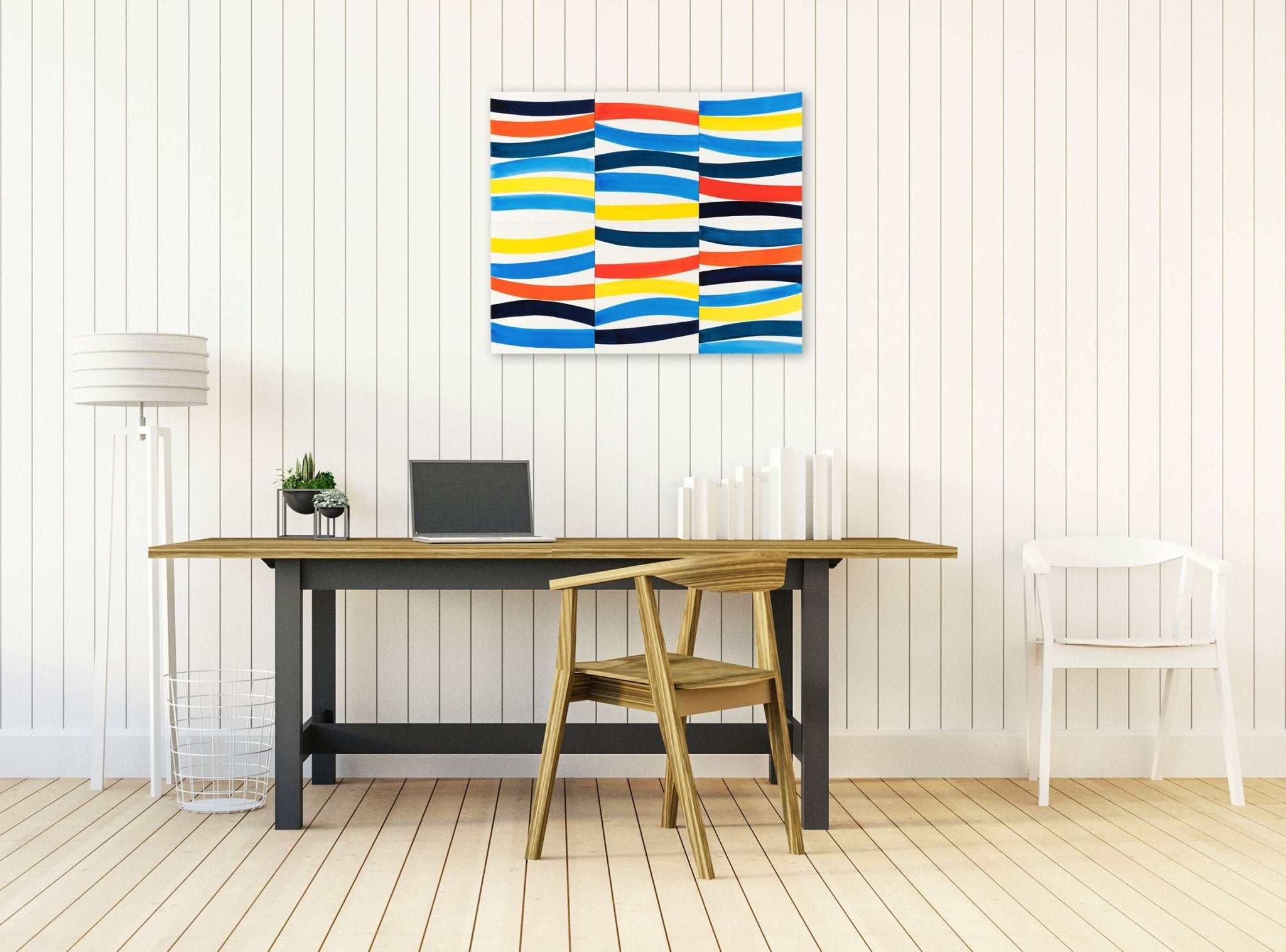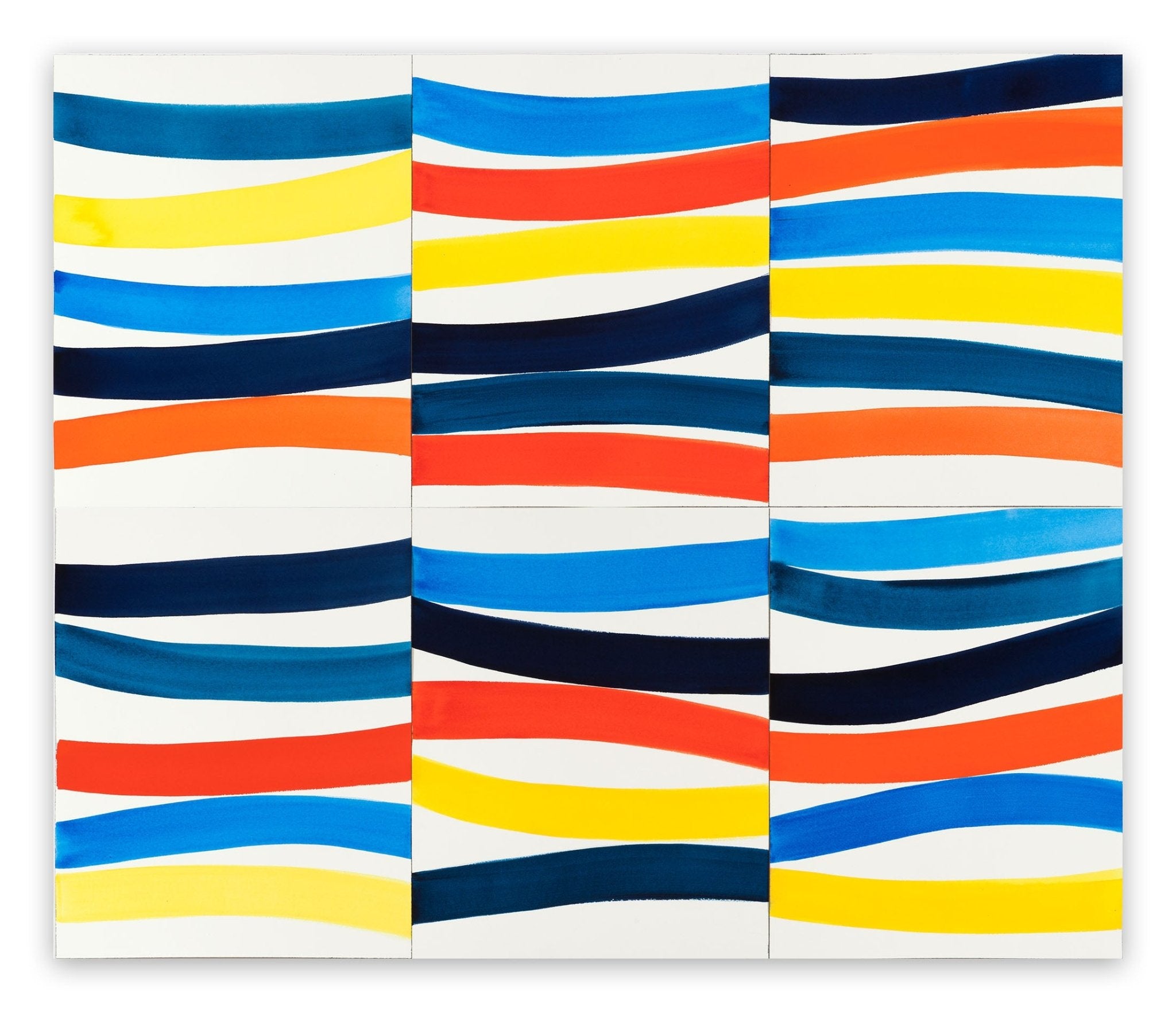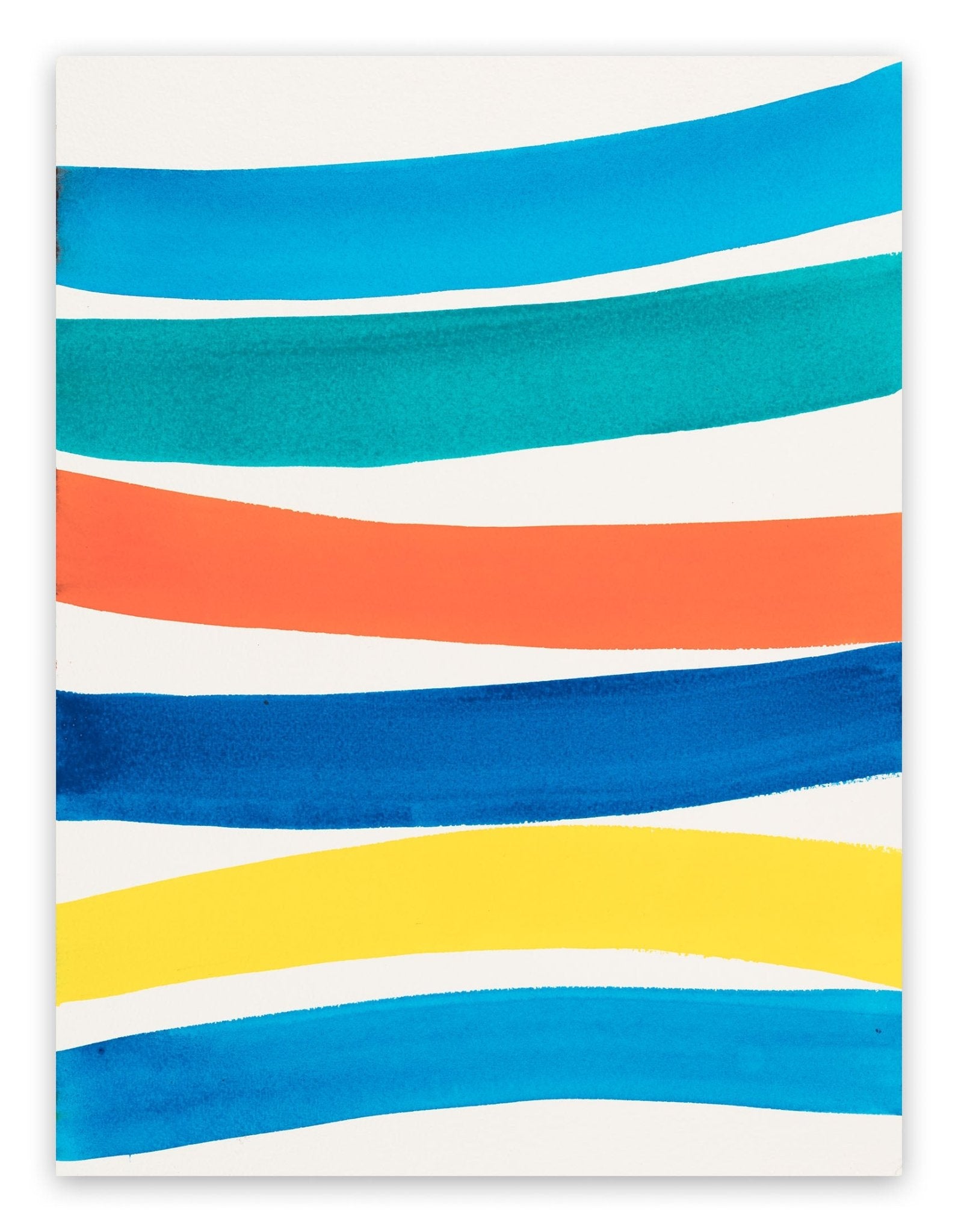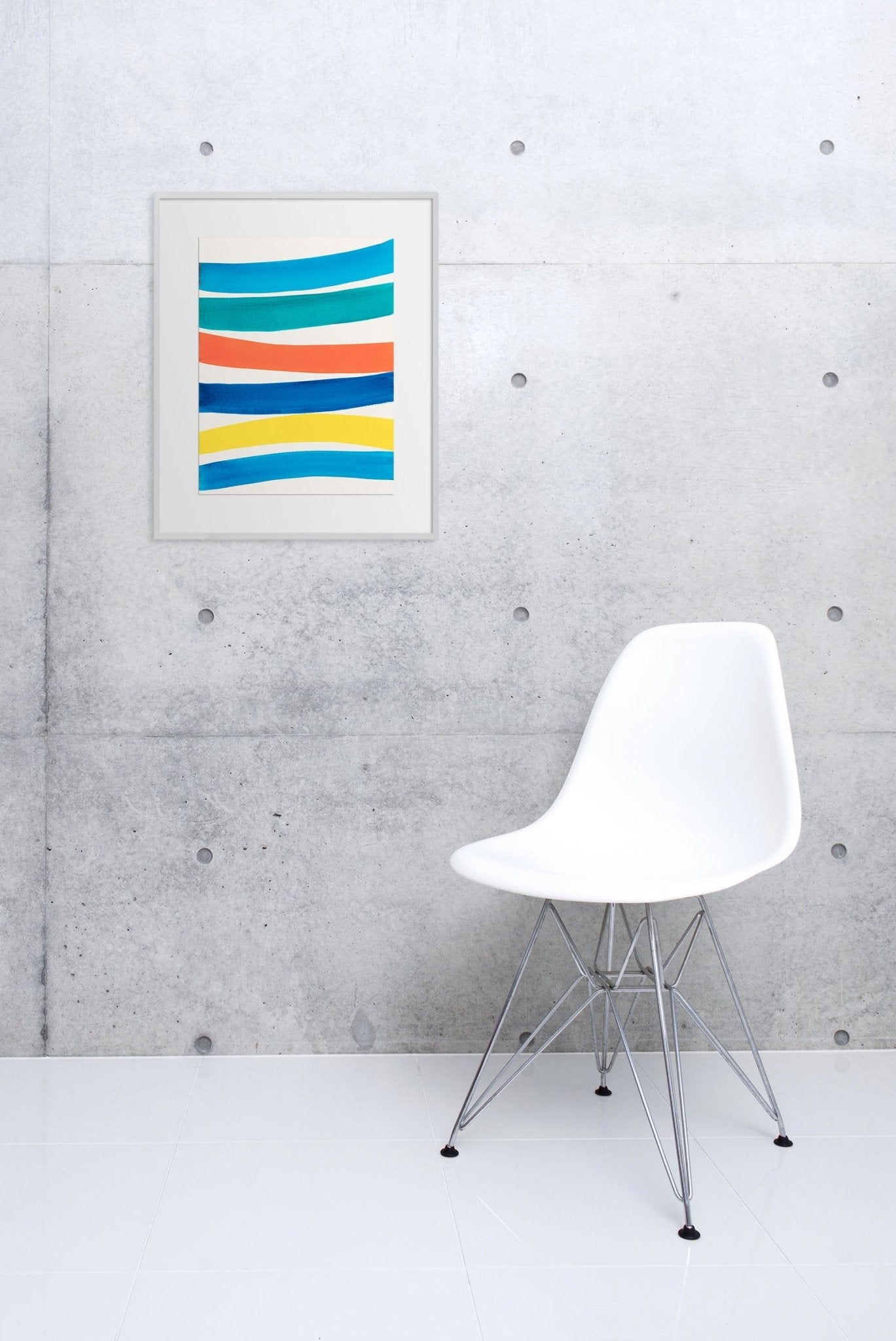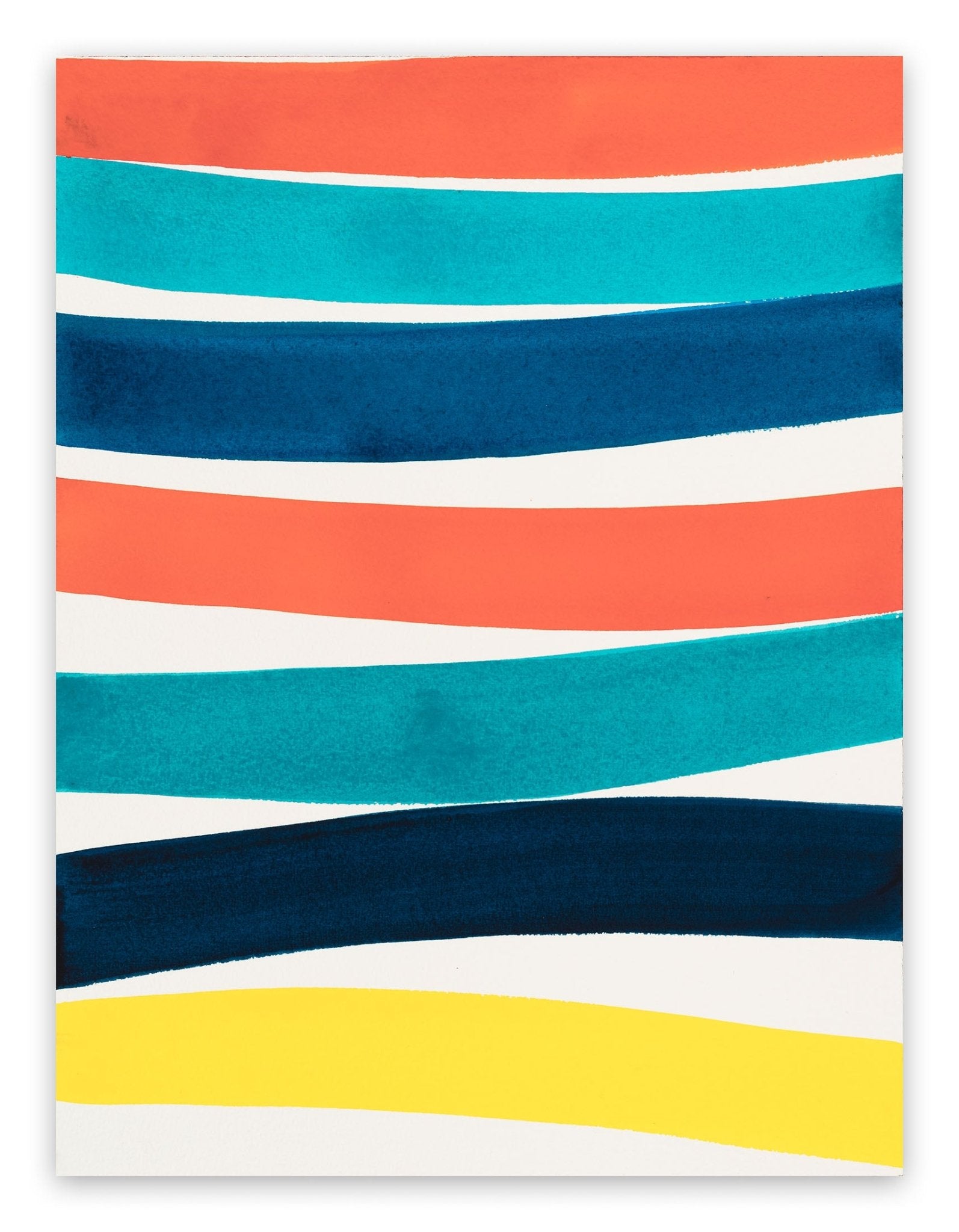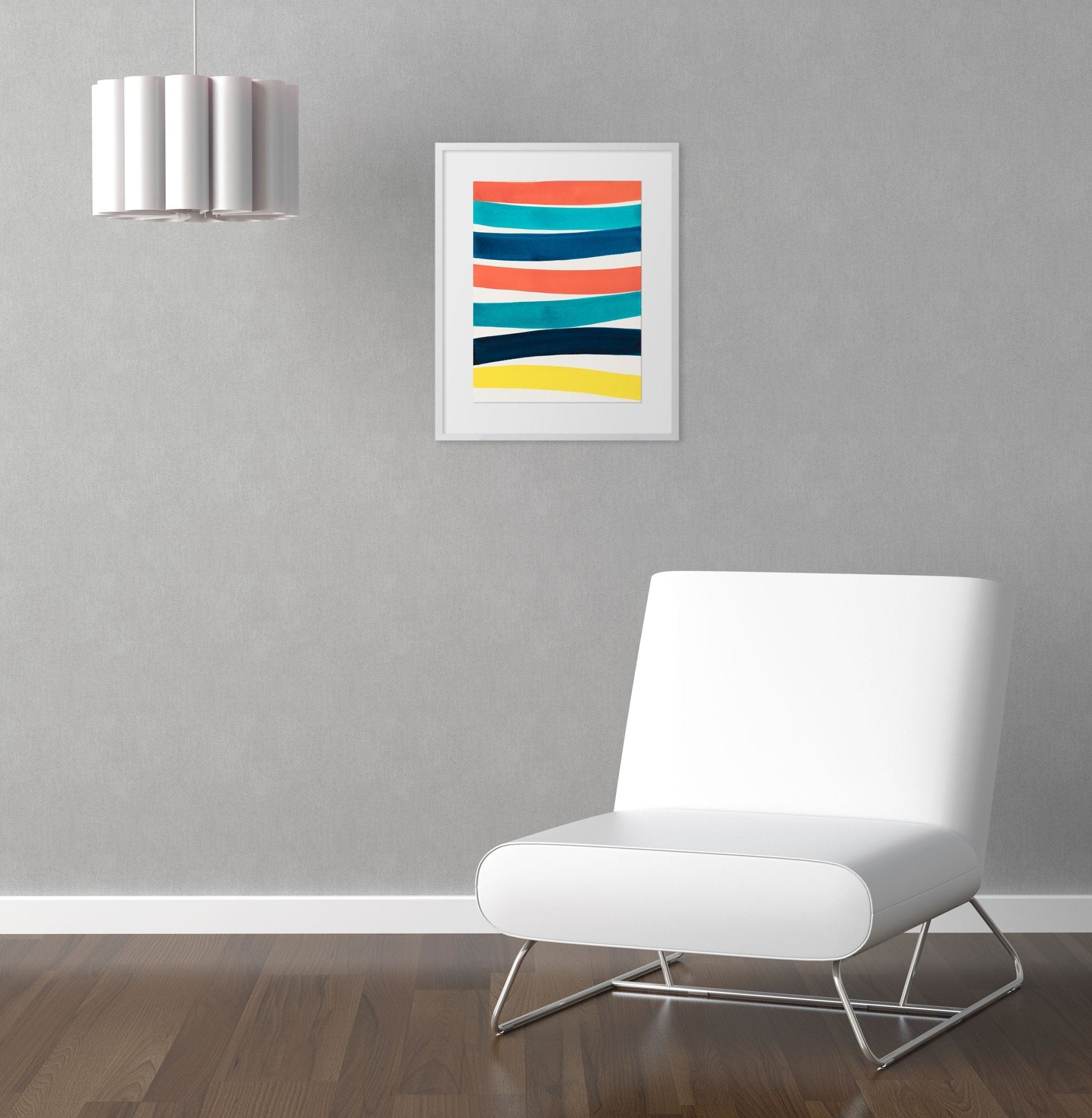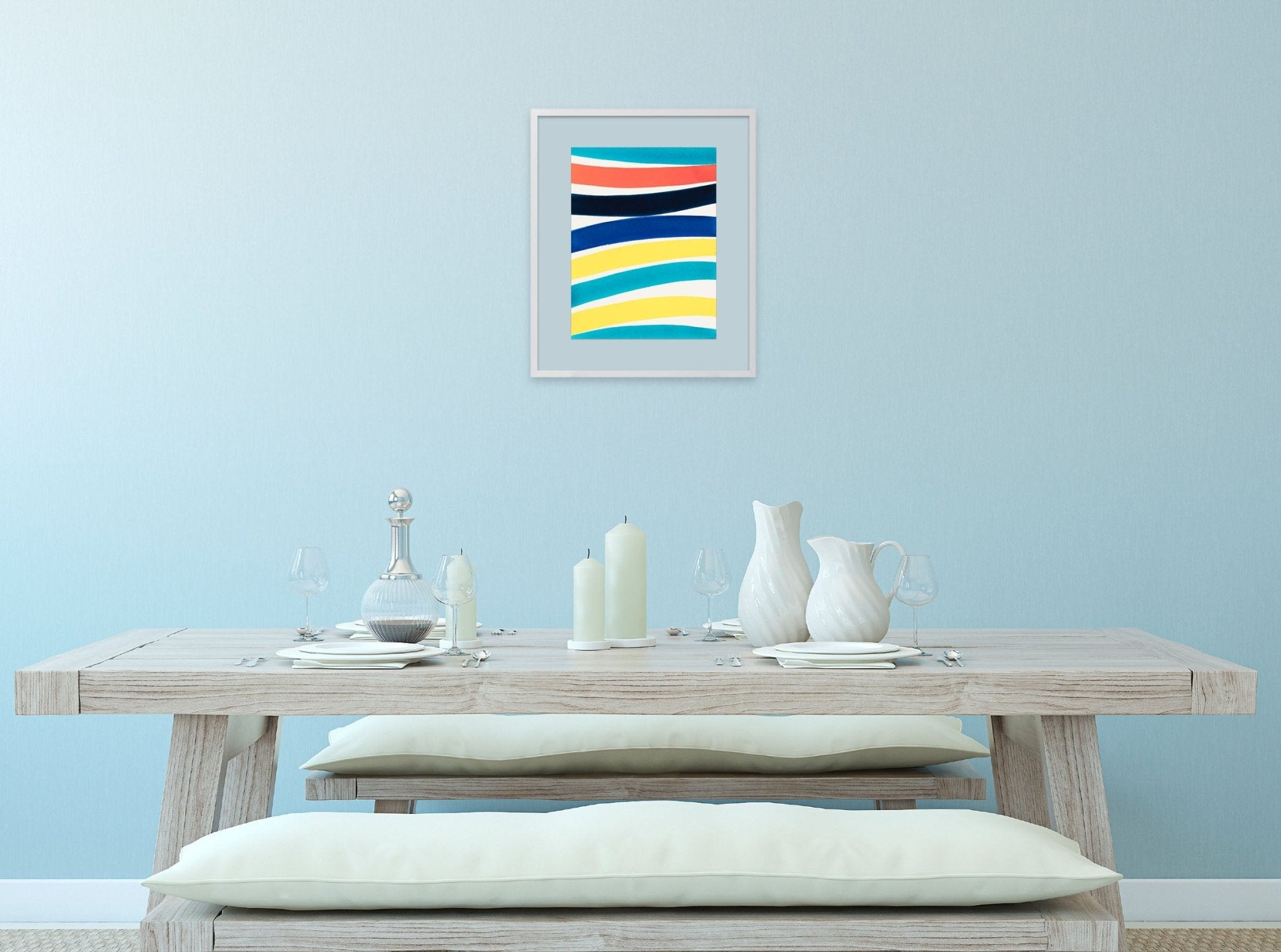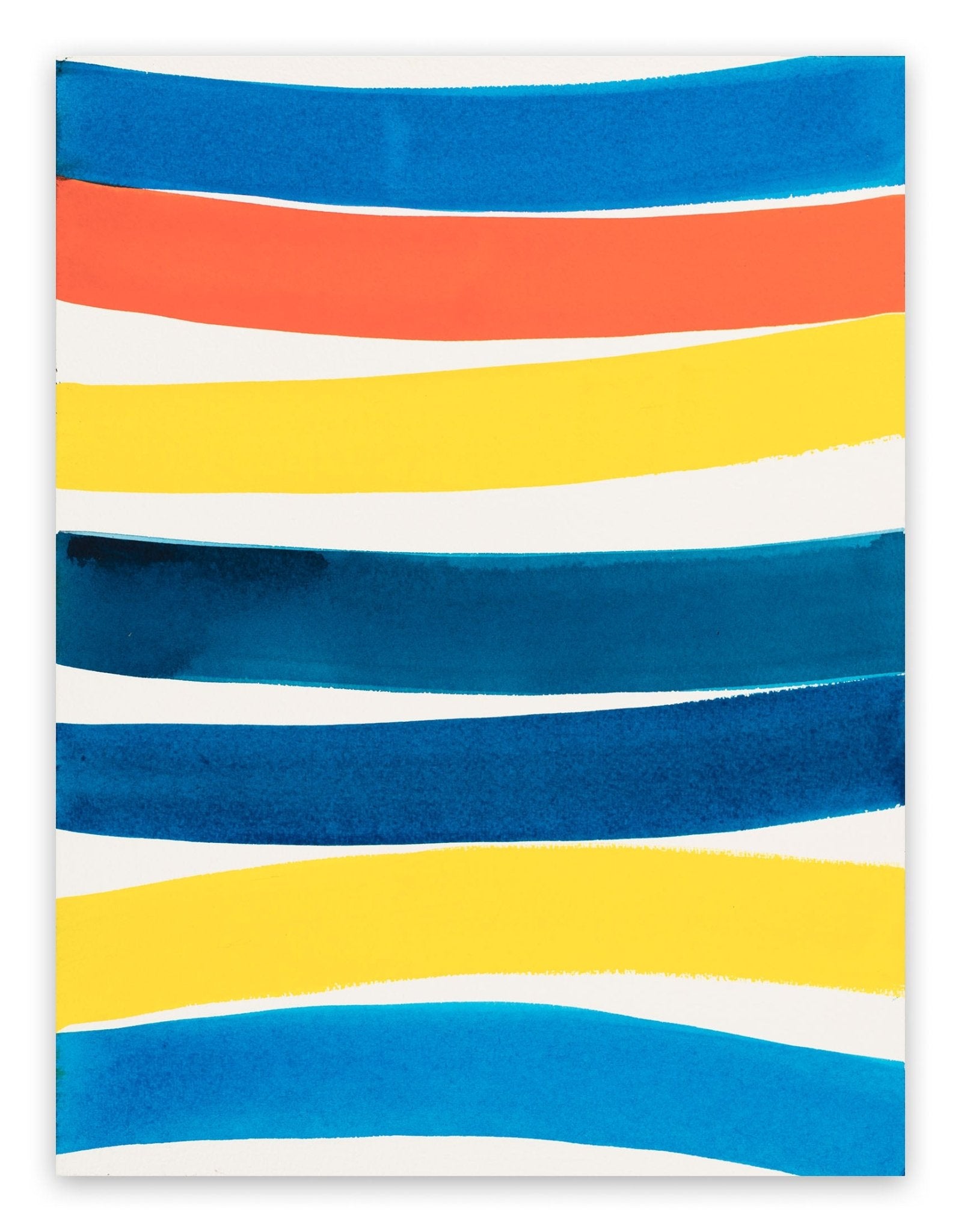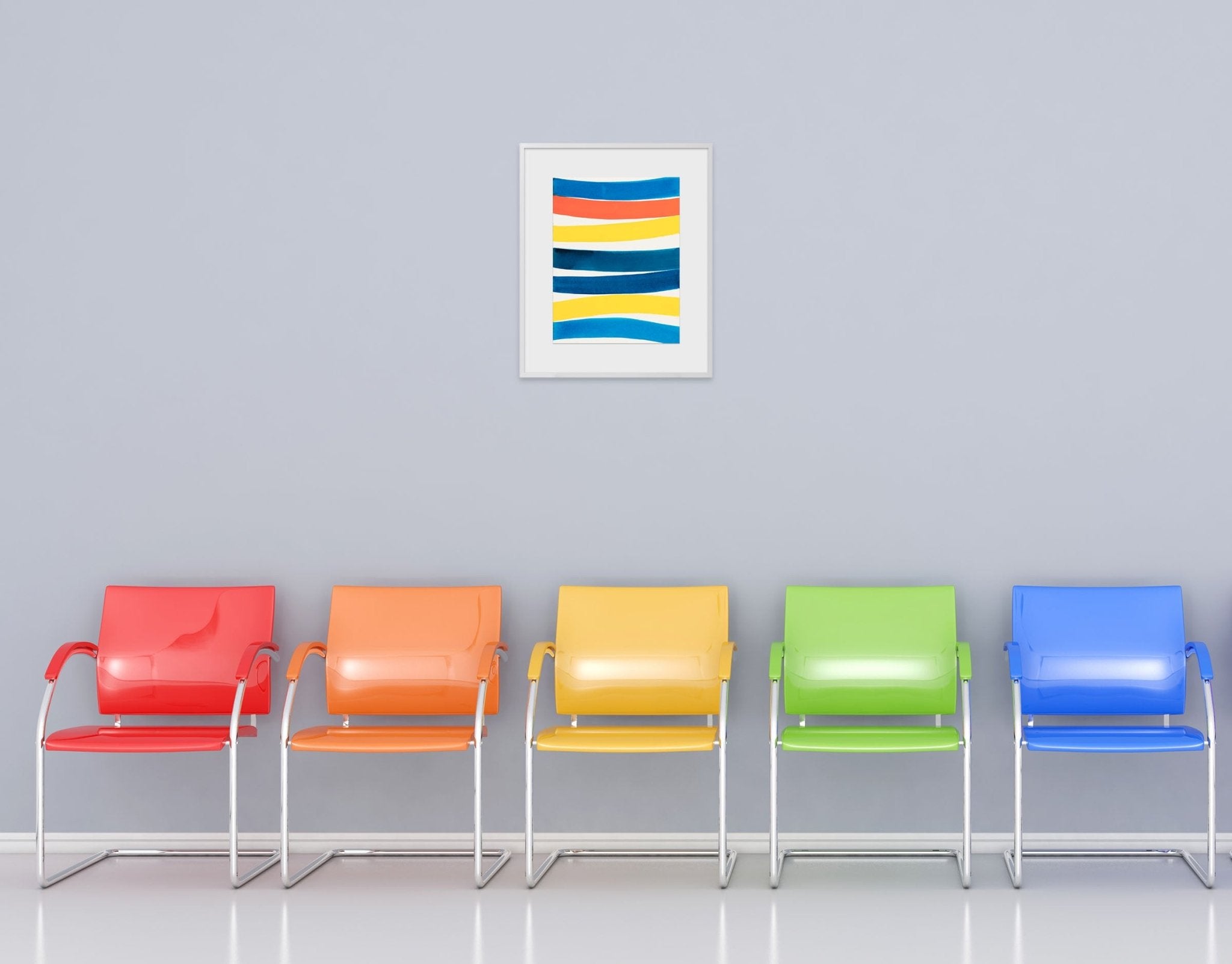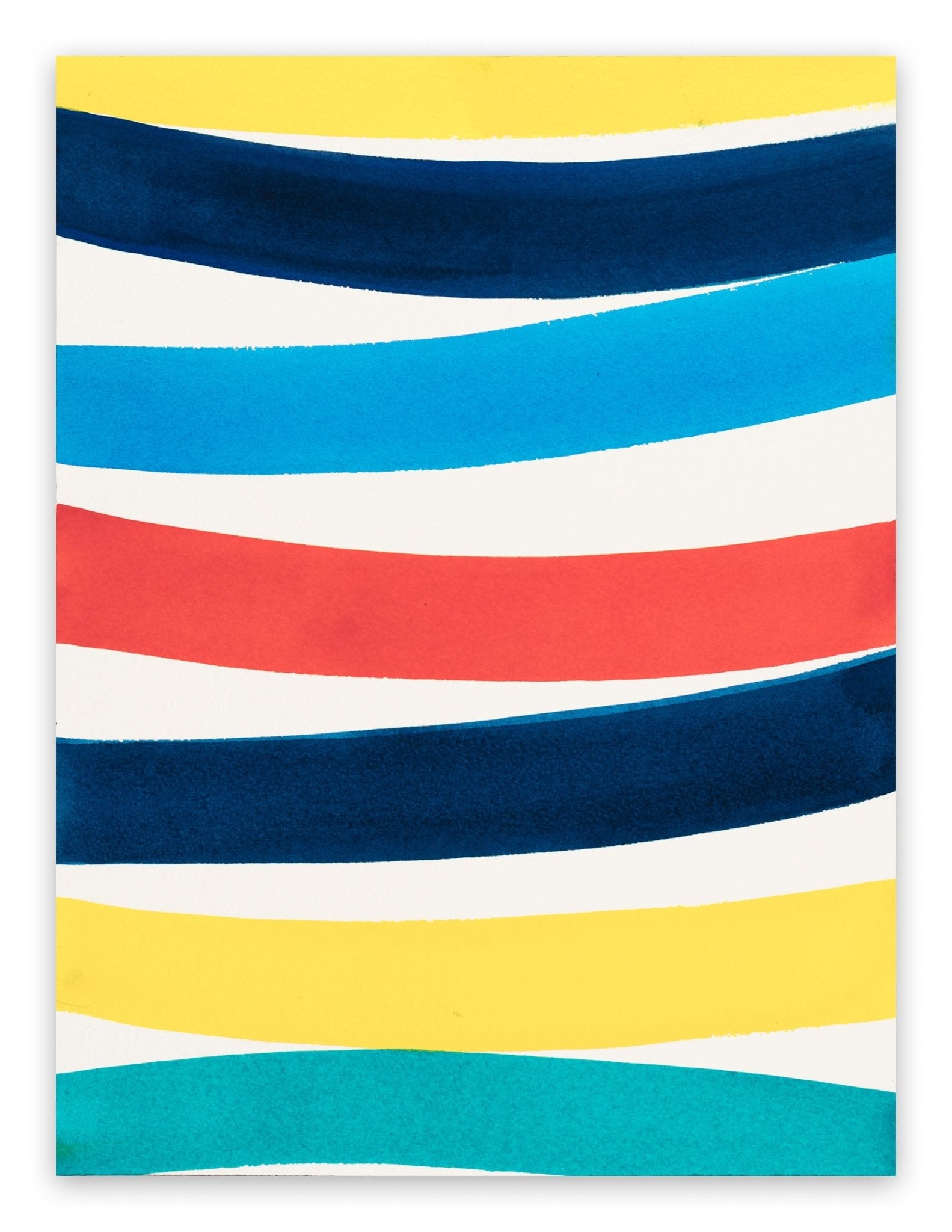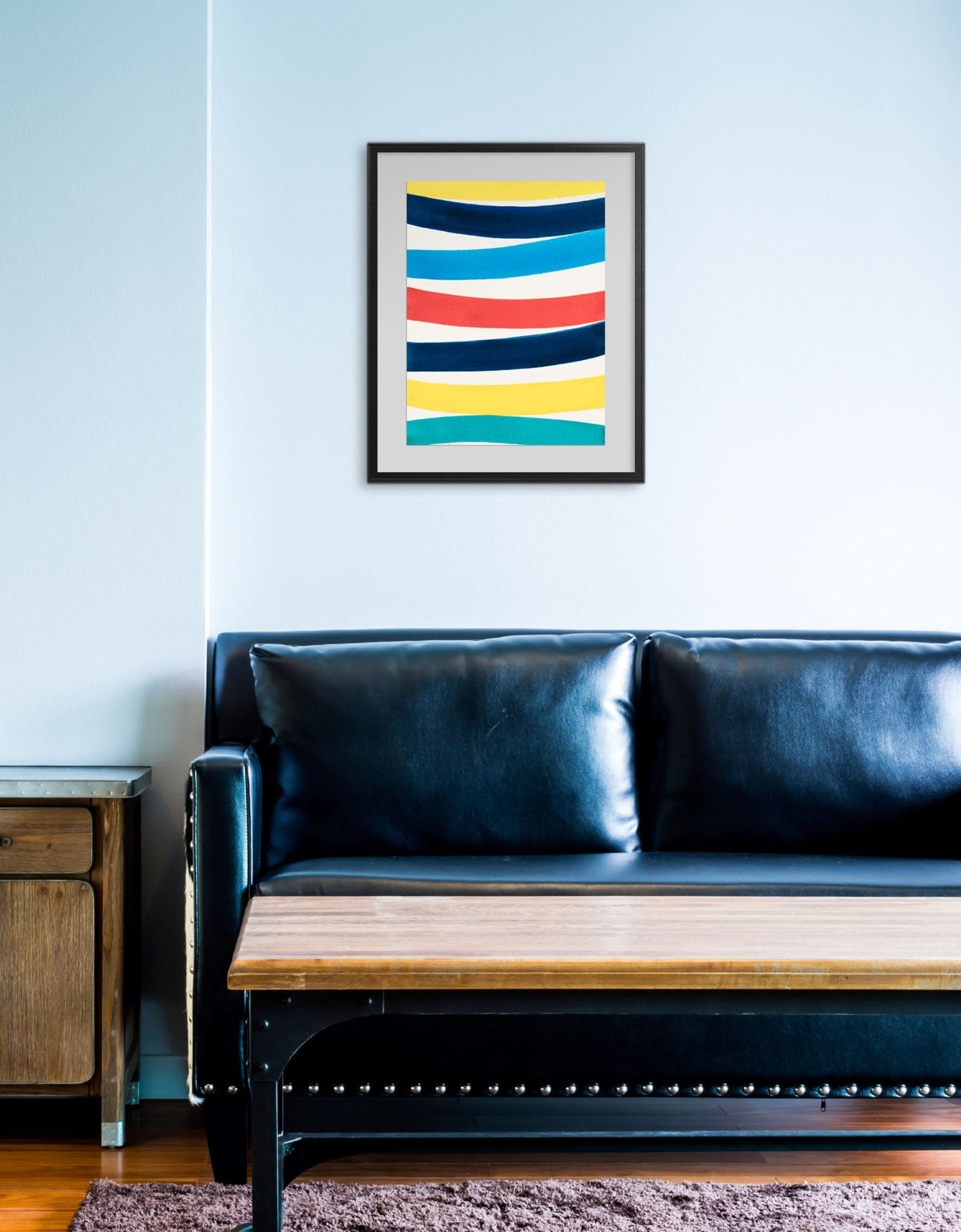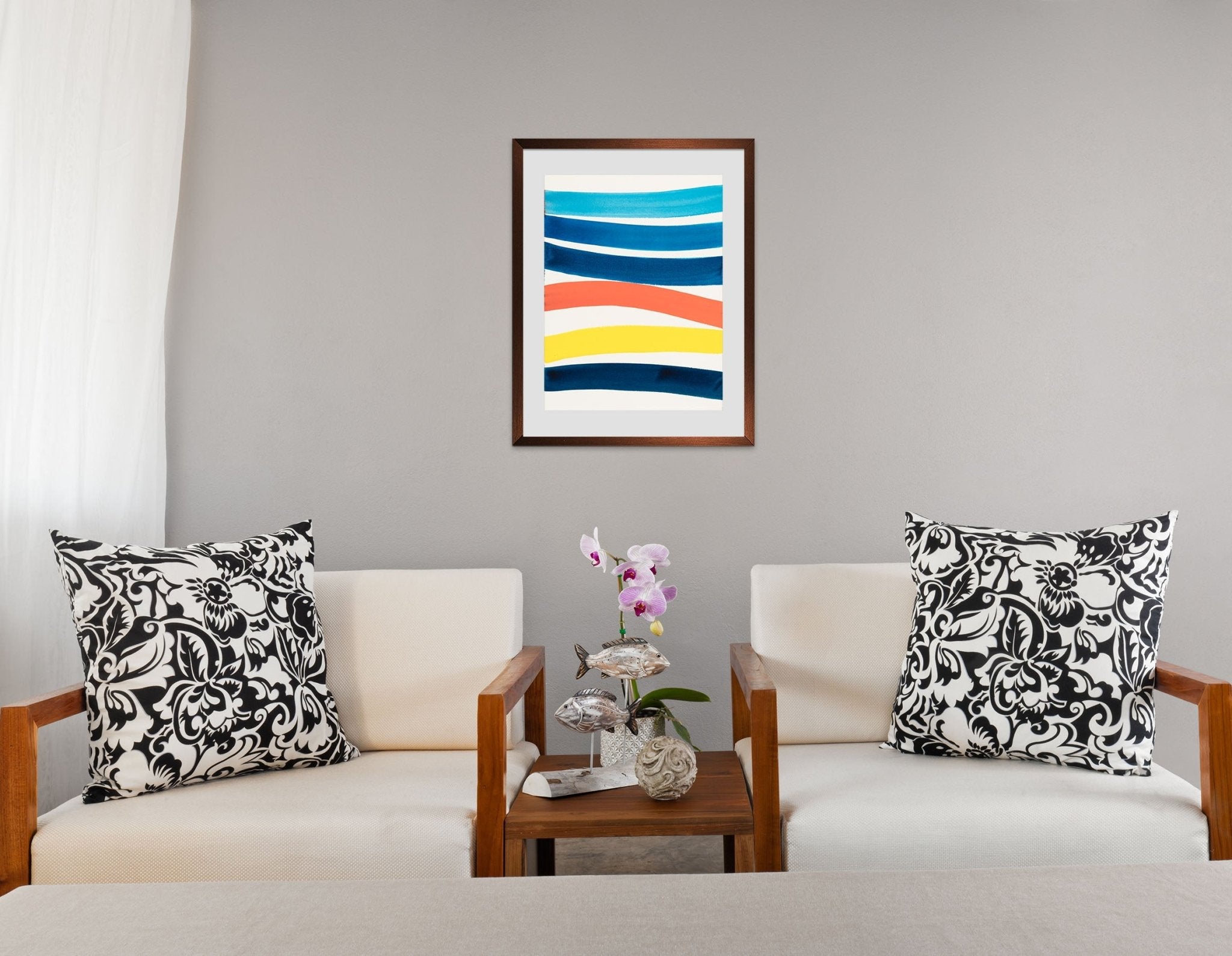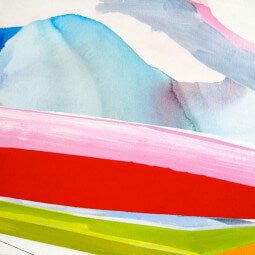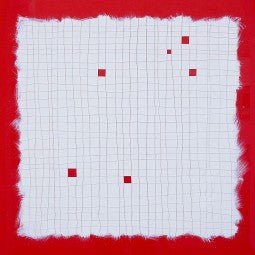Kim Uchiyama
1955
(USA)
AMERICAN
Kim Uchiyama is an American abstract artist whose works use color to create light and form which activate the metaphysical potential of pictorial space. She lives and works in New York.

Education and Awards
Uchiyama studied art and literature at Drake University in Des Moines, IA and pre-Renaissance art history in Florence, Italy. She has studied art at Yale’s Summer School of Art & Music, Queens College, and the New York Studio School of Drawing, Painting and Sculpture. Her fellowships include the New York Foundation for the Arts, the MacDowell Colony, Virginia Center for the Creative Arts, Auvillar, France, and BAU Institute, Otranto, Italy. She is a member of American Abstract Artists.

Technique
Uchiyama’s watercolors convey brimming bands of enigmatic light. She employs saturated color to establish an overarching chorus, each band delineating its unique voice. The precise arrangement, like notes of a song, transfers energy from one moment to the next....
Uchiyama works with watercolor on Arches paper and oil paint on canvas and linen. She develops multiple images simultaneously. To begin each work, she waits to “see” an initial color on the blank surface before applying it to her ground. Each consecutive color builds on that original impulse to create a grid comprised of color shapes. Each layer possesses unique physical and material properties: some are opaque; others translucent; some are painterly; others flat. Each choice the artist makes serves to create a dynamic, multi-faceted composition that invites the viewer’s eye to move along with her and experience the way the painting was made.
Inspiration
One of Uchiyama’s inspirations was her teacher, the painter Nicolas Carone, who had himself studied with Modernist master Hans Hofmann. Uchiyama shares the emphasis that Carone and Hofmann placed on color, pictorial space, and the architecture of painting. She mobilizes these elements in her compositions to create a singular tension, harmony, and rhythm. Uchiyama is frequently inspired by the light and atmosphere of a specific place or landscape encountered in her travels. She uses color to communicate an emotive essence or feeling of that place - its light and shadow, its weight.
Art critic Michelle Aldredge says: “Patient, attentive viewers will find a lot to enjoy in Uchiyama’s paintings. Layers bubble beneath layers, colors recede or emerge from the canvas. Music is a useful parallel, since Uchiyama creates variations on a theme, much like a composer or jazz musician would–texture, rhythm, timbre, and harmony are integral to each piece.”


Relevant Quotes
Art critic Michelle Aldredge says about Uchiyama's work: “Patient, attentive viewers will find a lot to enjoy in Uchiyama’s paintings. Layers bubble beneath layers, colors recede or emerge from the canvas. Music is a useful parallel, since Uchiyama creates variations on a theme, much like a composer or jazz musician would–texture, rhythm, timbre, and harmony are integral to each piece.”
Exhibitions
Uchiyama has exhibited extensively in solo and group exhibitions throughout the United States, with recent solo exhibitions at Fox Gallery, NY, NY, Headwater Contemporary, Telluride, CO, and Kathryn Markel Fine Arts, Bridgehampton, NY.
Upcoming solo exhibitions include John Davis Gallery, Hudson, NY, and Galleria Agora, Palermo, Italy. Uchiyama’s work has been reviewed in ARTNews, The Brooklyn Rail, The New Criterion, Hyperallergic magazine, and The New York Times.
Portrait photo credit: Courtesy of Stephanie Buhmann, New York Studio Conversations, Part II, May 2018

Less Is More! Collect Your Minimal Abstract Art Here
Less is more, a popular aphorism by Ludwig Mies van der Rohe, not only succinctly captured the essence of emerging minimalism, but inspired the movement that continues to evolve in a number of aes...
Read more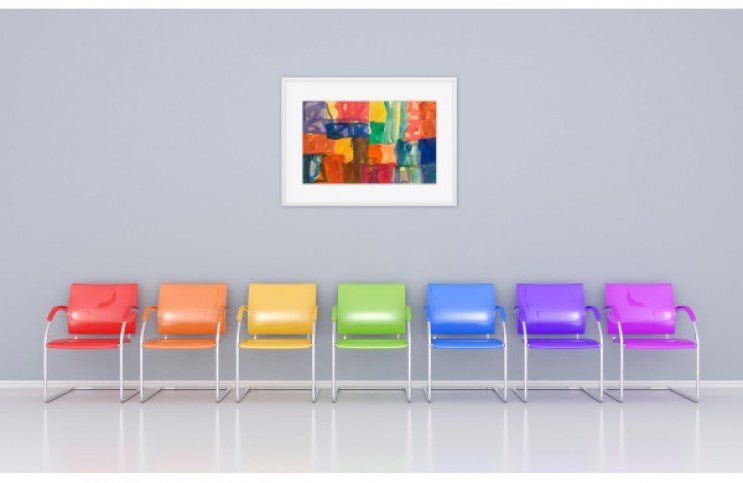
Abstract Watercolor Art You Simply Can't Miss Out On!
Adored for its unparalleled qualities - its unique translucency, impermanence, and vibrancy - watercolor art was for long short of the recognition or fame reserved for techniques such as oil paint...
Read more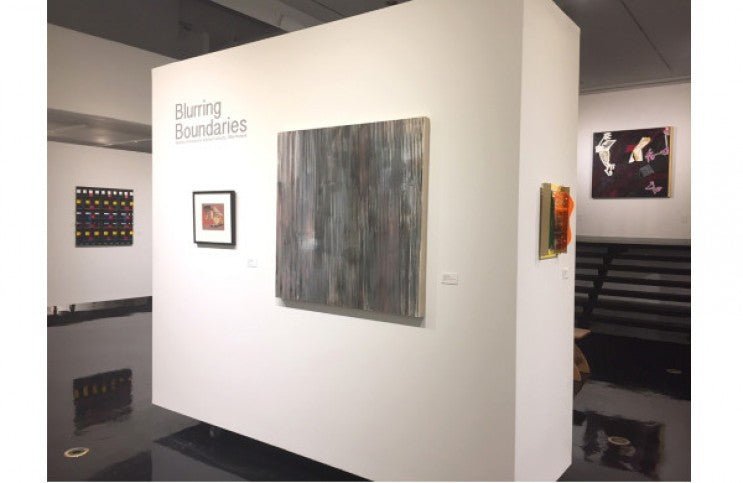
Diversity is Key to the Future of American Abstract Artists
When American Abstract Artists (AAA) was founded in 1936, most critics and curators considered abstract art too “European” to be “American.” The irony of that prejudice, of course, is that America...
Read more
